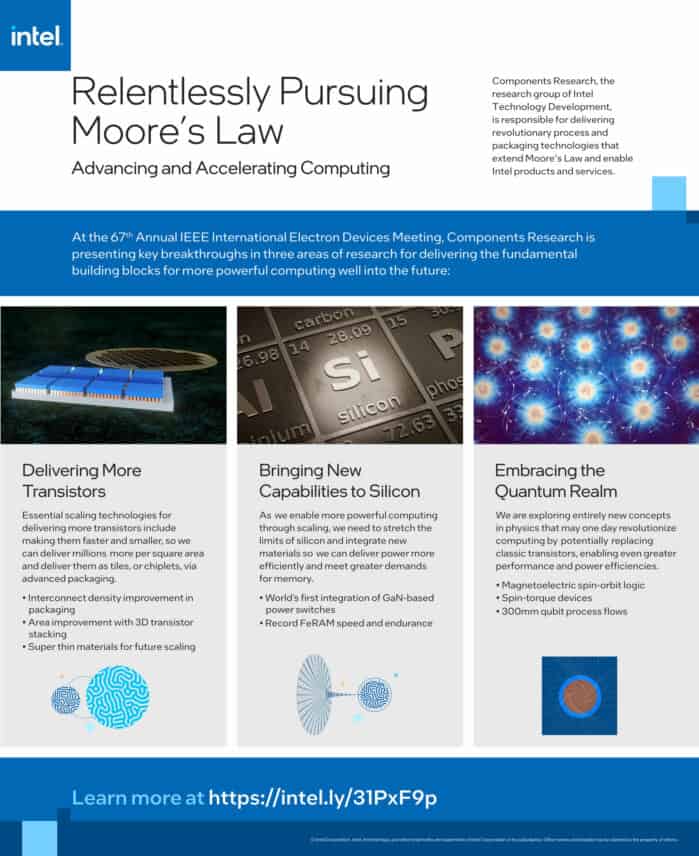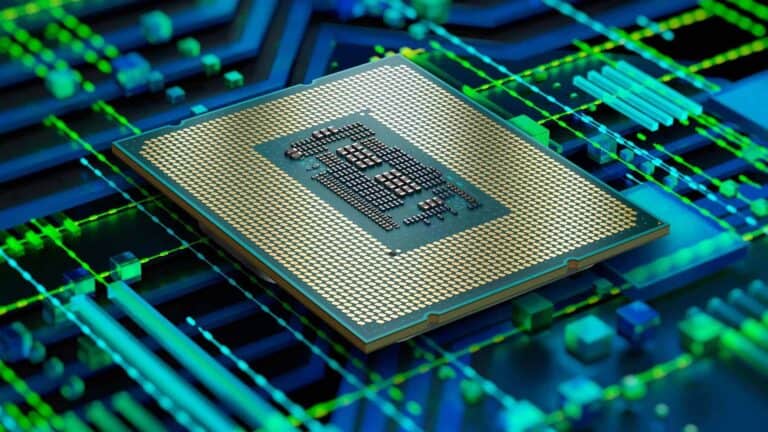Intel wants to continue to make smaller and stronger processors well beyond 2025, lengthening the validity of Moore’s Law in the process. Recently, the chip manufacturer presented its roadmap for processor developments beyond 2025.
The chip manufacturer aspires to regain market share in the coming years — especially when it comes to the market share recently lost to competitors such as TSMC and Samsung. Its post-2025 plans show that the organization wants to achieve this with more processing power potential and even smaller processors. The latter would extend Moore’s Law, a prediction concerning the increasingly smaller size of processors, which has held true to date.
Three-dimensional ‘packaging’
One way the chip manufacturer wants to expand the computing power of its processors is by adjusting how the transistors on a chip are packed. According to Intel, by packing transistors three-dimensionally instead of two-dimensionally, up to ten times more connections between the transistors themselves become possible. The chip manufacturer thus aims to place up to 30 and 50 percent more transistors per chip area.

More possibilities for silicon
The chip manufacturer is also adding more and more low-latency read/write capabilities with ‘ferroelectric’ materials. This should provide more memory resources for embedded DRAM technology, which is especially useful for high processor power-consuming applications, such as gaming and AI.
Technology for quantum computing
Furthermore, Intel will invest in scaling up silicon transistor-based quantum computing performance. It’s staying up-to-date with innovative physics concepts to develop new switches for large-scale and energy-efficient computing power at room temperature.
